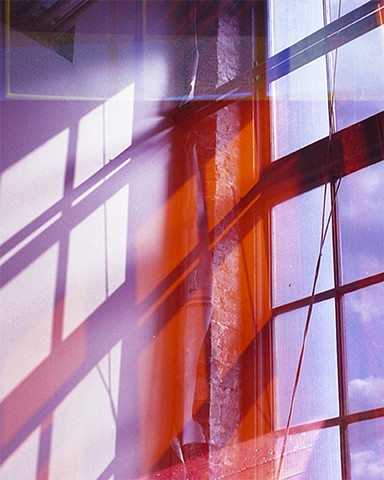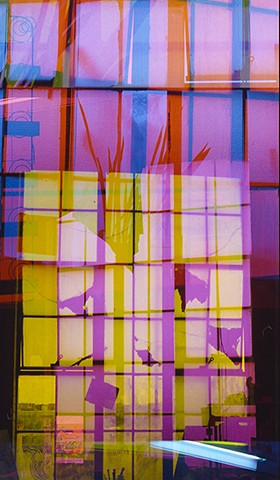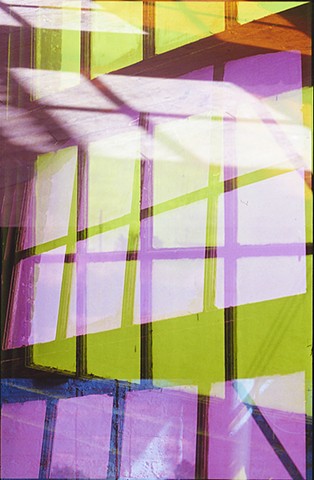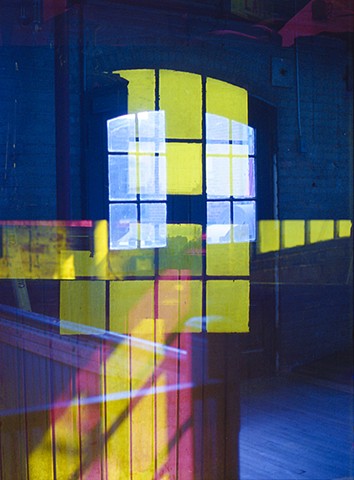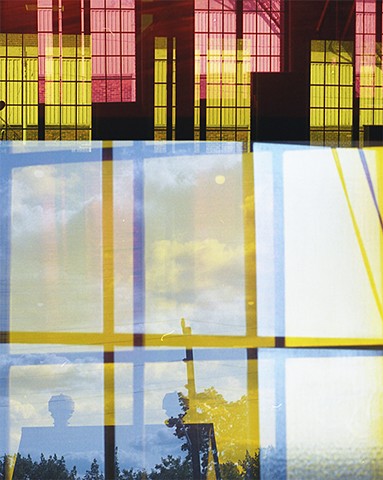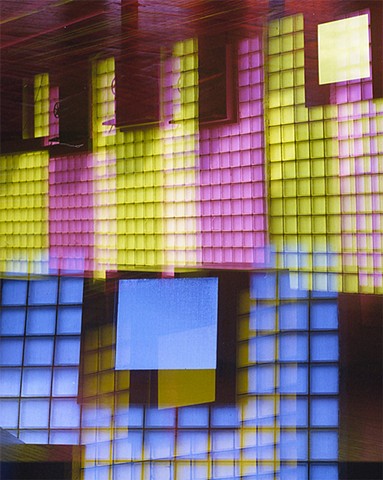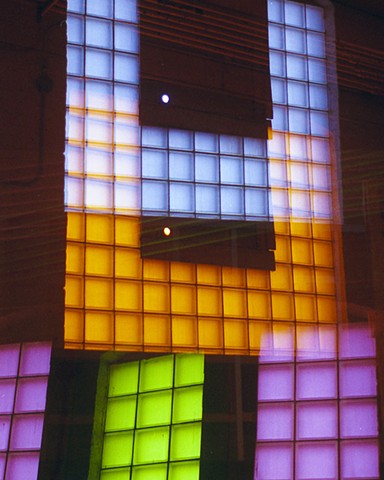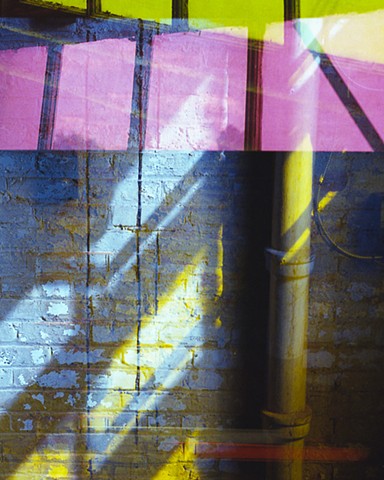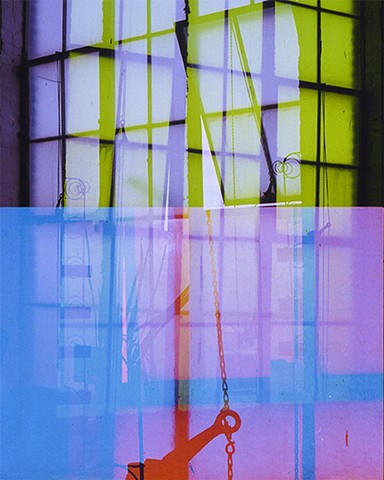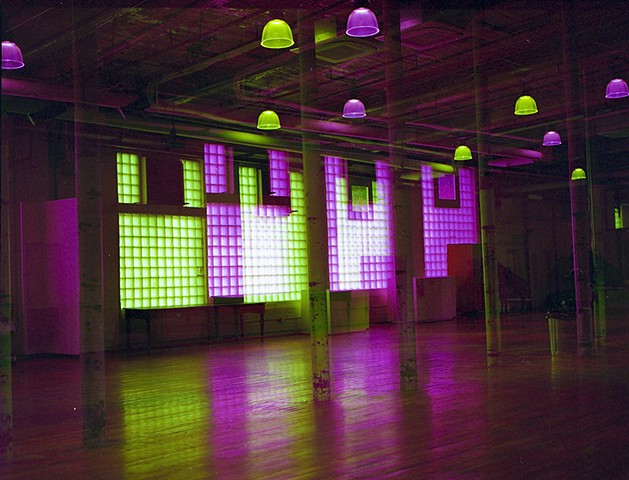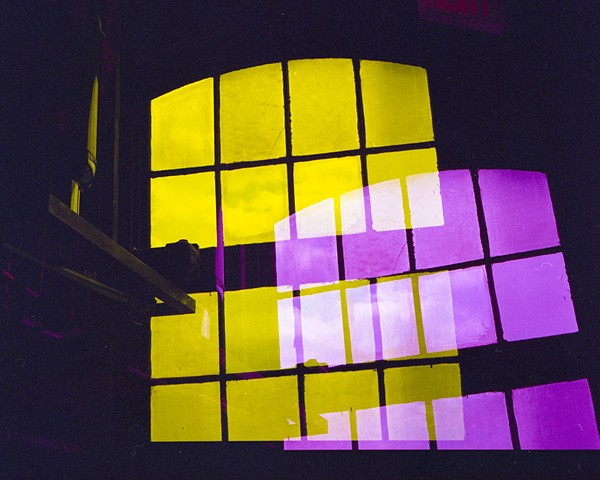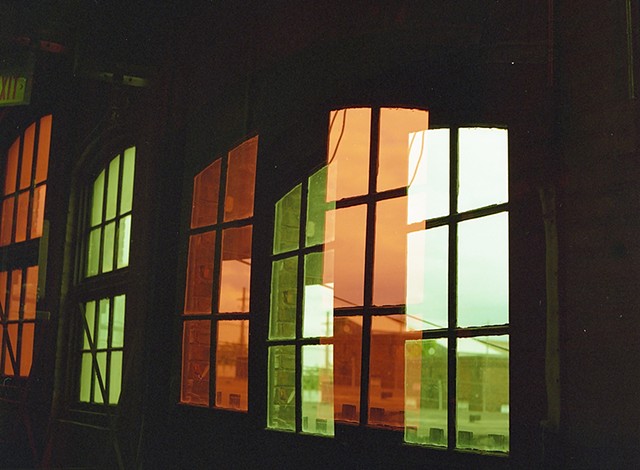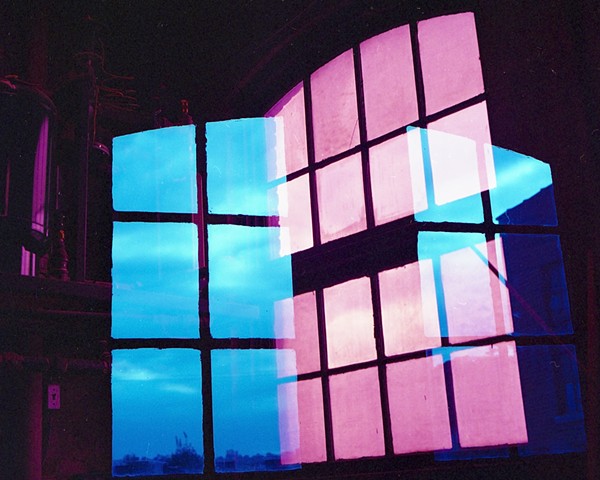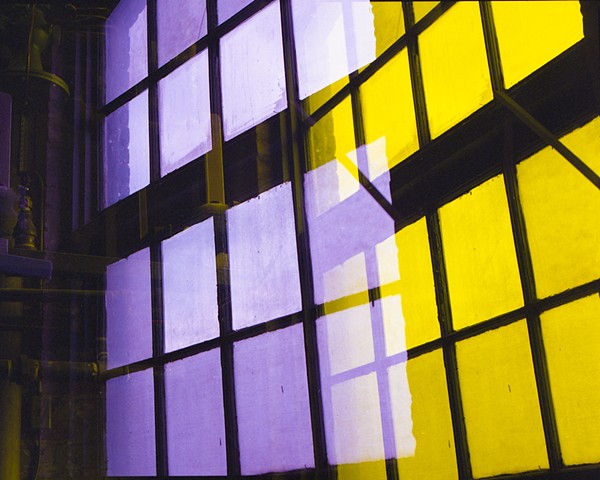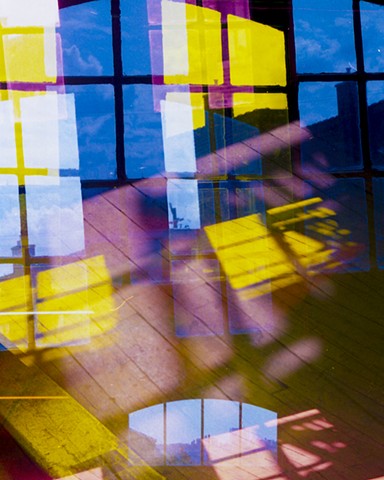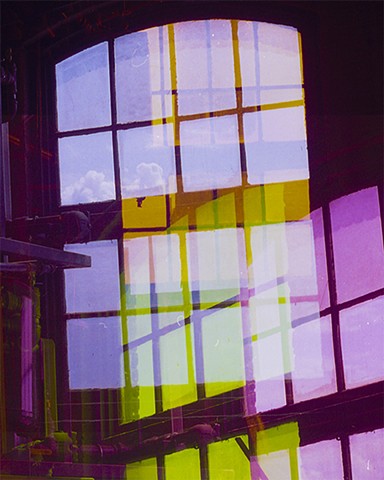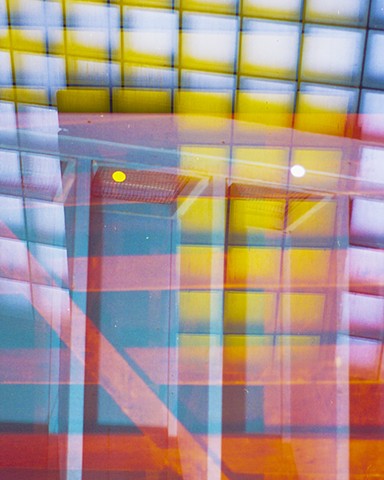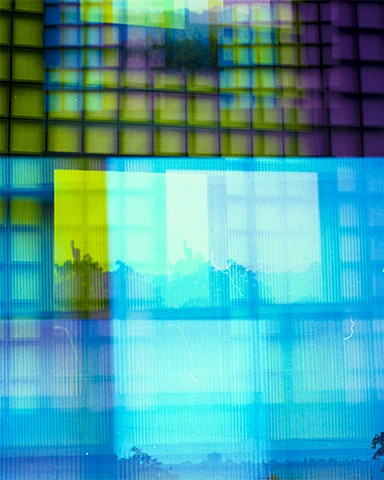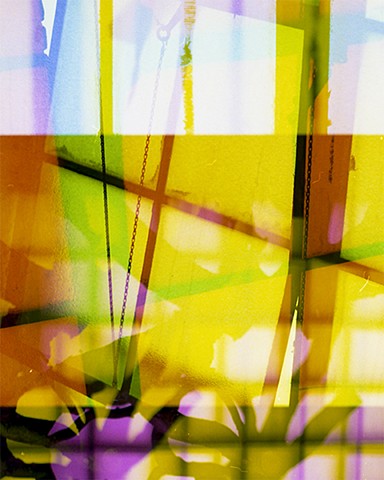The sun's rays do not burn until brought to a focus
Natalie Hunter
The Sun's Rays Do Not Burn Until Brought To A Focus
2017
Archival pigment print on baryta paper and transparent film from 35mm negatives
24" x 40"
2017
The Sun's Rays Do Not Burn Until Brought To A Focus is a body of photographs that explore light, space, memory, fragility, architecture, and the history of photography. Using medium format film, multiple exposures, and hand made colour filters, I attempt to explore light and space as it relates to memory, perception, and viewer experience. Looking to fiction and literature references to light, the history of photography, and the light and space movement in art history, I question our physical, emotive, and psychological relationships to light as it envelops us daily within the spaces we inhabit most, rests in memory, but often escapes our notice.
Photographs are extensions of who we are, what we think, and how we feel. A room reflects a state of mind. In this body of work light is used to make photographs, activate spaces, and considered as a material. Light is a key ingredient in making photographs. It is how we see colour and form, and also how we see and experience physical objects in the world. But it is also a destroyer of materials, our skin, and our eyes. The sun is both volatile and nourishing. In my work I hope to look at both of these aspects of light both materially and pictorially, and use light as a material as much as an ingredient in image making.
Mapping the movement of the sun as it animates the industrial building where my studio is located, I follow the sunlight as it moves throughout corridors and windows over the course of many days; witnessing the subtle nuances that can only be experienced through intimate familiarity with a space over time. Using a combination of medium format film, multiple exposures, colour filters, and light, the images in The Sun’s Rays Do Not Burn Until Brought To A Focus are entirely made within the camera, and composed from multiple separate moments in time. Relying on chance and the materiality of film, changes in light with the addition of colour produces separate pieces of time collapsed into a single moment. This extended study in the ephemeral qualities of light and the passage of time attempts to unravel our memories of the spaces we know intimately through time and lived experience. And how traces of our interior most private spaces linger in our minds long after we’ve left them behind.
